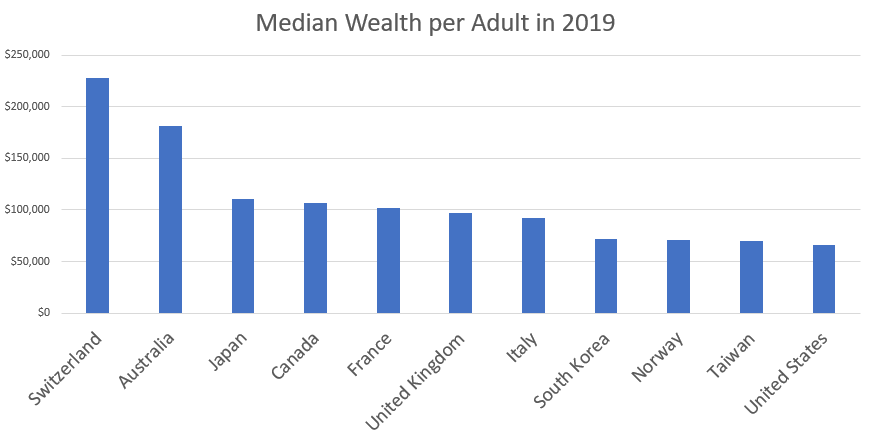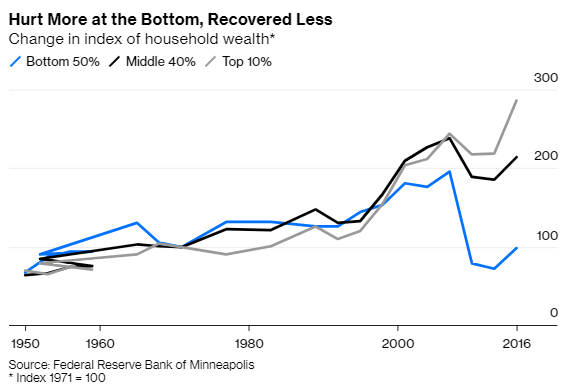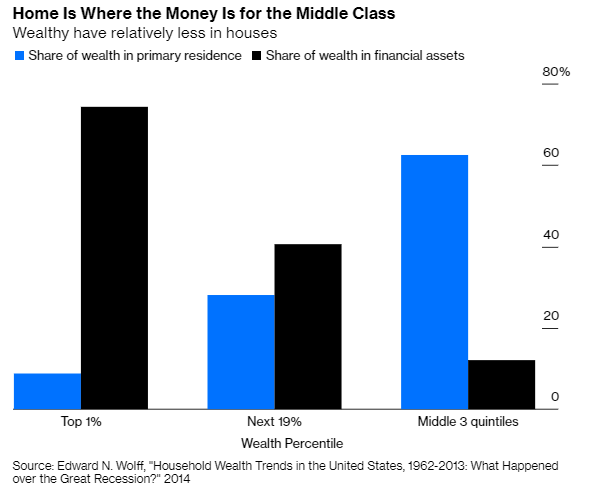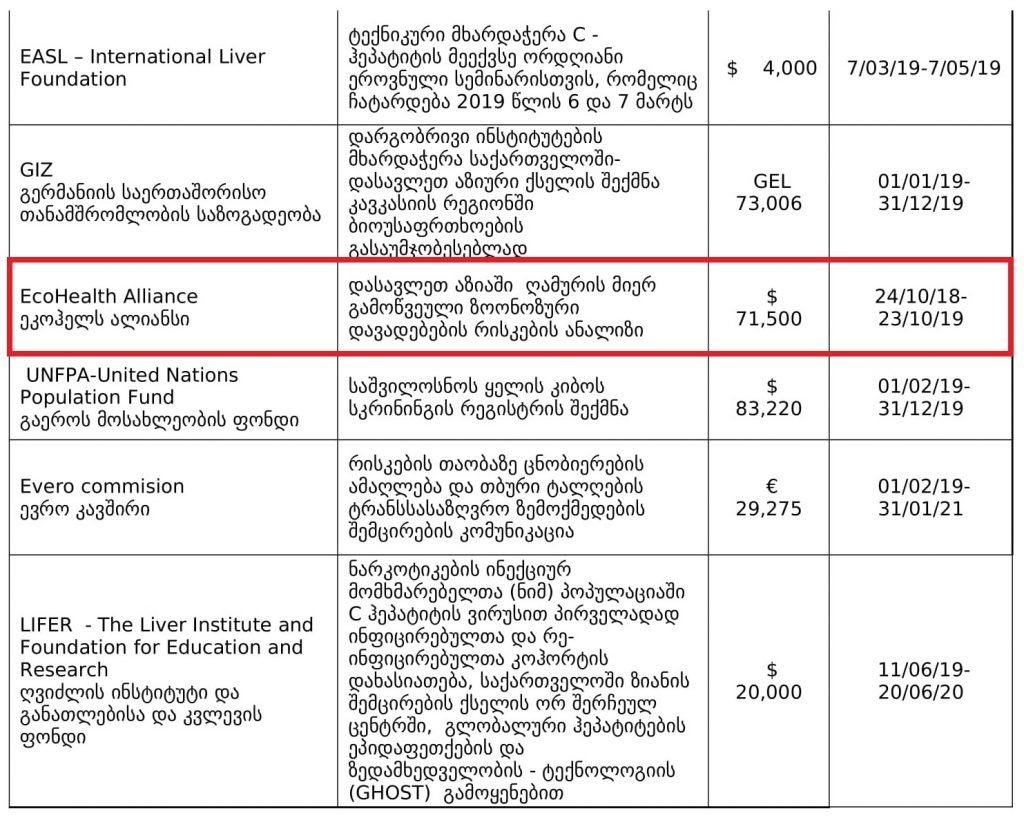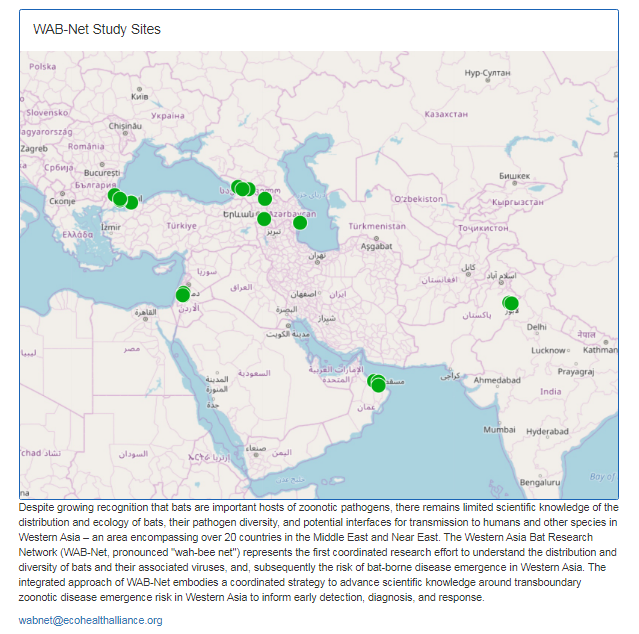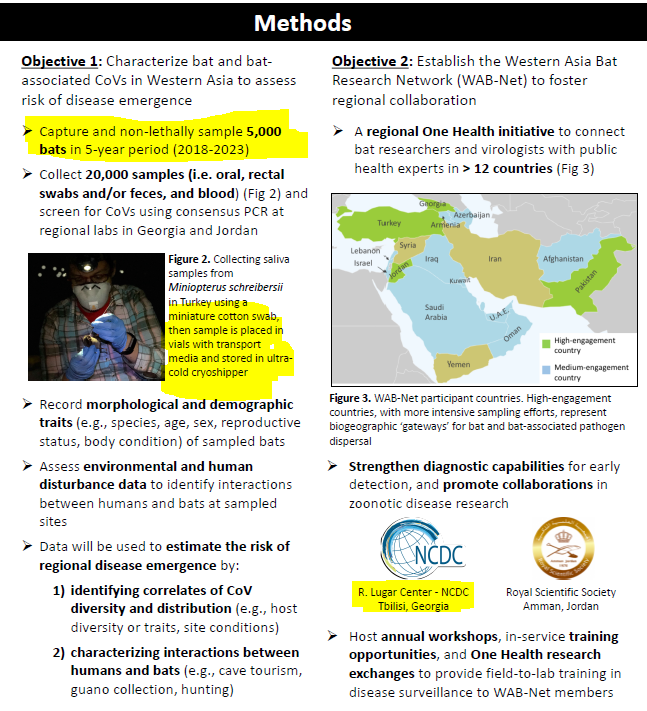2/16
were projecting negative or barely positive GDP growth for China in 2020 (the OECD, for example, expected China’s GDP to contract by 3.7%), I insisted that GDP growth for 2020 would be positive, and probably between 2% and 3%.
Today, it was reported as 2.3%. How did...
3/16
I know? Because I knew that while most of the healthy sources of Chinese growth would contract (except for exports, which would expand given Beijing’s intense supply-side response to the impact of Covid-19), Beijing was going to respond to a significant...
4/16
worsening of the healthy parts of its economy by unleashing enough of the unhealthy, non-productive growth it has long tried to constrain – basically real estate and infrastructure investment – in order to achieve as much economic activity as it...
5/16
needed for domestic political ends.
And that’s exactly what happened. While GDP grew by 6.5% in the fourth quarter, even with substantial tailwinds its retail sales measure – a proxy for consumption – was only up 4.6%, and it was down 3.9% overall in 2020.
6/16
That is pretty bad. Not only did the imbalances get worse in 2020, in other words, they even got worse in the fourth quarter, when we were expecting a partial consumption rebound.
Put differently, the consumption share of China’s GDP will have probably dropped...
7/16
by 3-4 percentage points this year, driving it almost back to its nadir in 2010-11. There is no way that this can be seen as good news, and is confirmed by the fact that while exports were up 3.6% in 2020, imports were down 1.1%. By the way those who say China’s trade...
8/16
surplus soared because Chinese factories opened first simply do not understand how the balance of payments work. The main way exports could have expanded while imports contracted is if the share workers retained of GDP contracted, and this is what happened. For all the...
9/16
promise that “external circulation” would be used to shift the Chinese economy towards “internal circulation”, what actually happened was a huge shift from internal to external circulation.
That isn't what anyone wanted, and the fact that more than 100% of...
10/16
China’s “recovery” was driven by supply-side measures, and that the economy is now more unbalanced than ever, has, of course, two important implications. First, China’s debt burden must worsen significantly, and of course it did in 2020, with China’s debt-to-GDP ratio...
11/16
rising by 25 percentage points, roughly 3-4 times its previous year’s increase. Second, that its trade surplus must soar, putting huge pressure on the rest of the world, and of course that happened too.
This means that China must reverse the consequence of 2020 as...
12/16
quickly as possible. We will probably see some partial reversal this year: consumption growth – along with the associated growth in business investment – should account for most if not all GDP growth this year. This will depend on whether Beijing is satisfied...
13/16
with 6-7% GDP growth or whether the authorities will demand more. If the former, the debt ratio should remain flat.
But without a serious – and politically difficult – push by Beijing, it isn’t clear that household income growth will even keep up with GDP growth...
14/16
in 2021, and it must sharply exceed GDP growth simply to return China to the unbalanced position from which it ended 2019. I think analysts should stop focusing on China’s GDP growth rate as if it could tell us about how well the Chinese economy performed in 2020.
15/16
It performed badly, like the rest of the world, and it is only because Beijing sharply increased all the things it has been trying to rein in that the GDP measure was able to rise. That’s like saying that if I can run faster after smoking a big bowl of crystal...
16/16
meth, it means I am healthier than I thought. To say that China was the only major economy to grow in 2020, in other words, is only to say that we are unable to distinguish between GDP and the economy.






